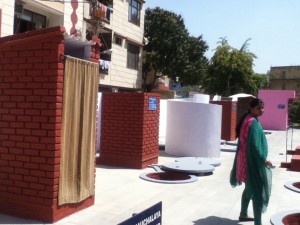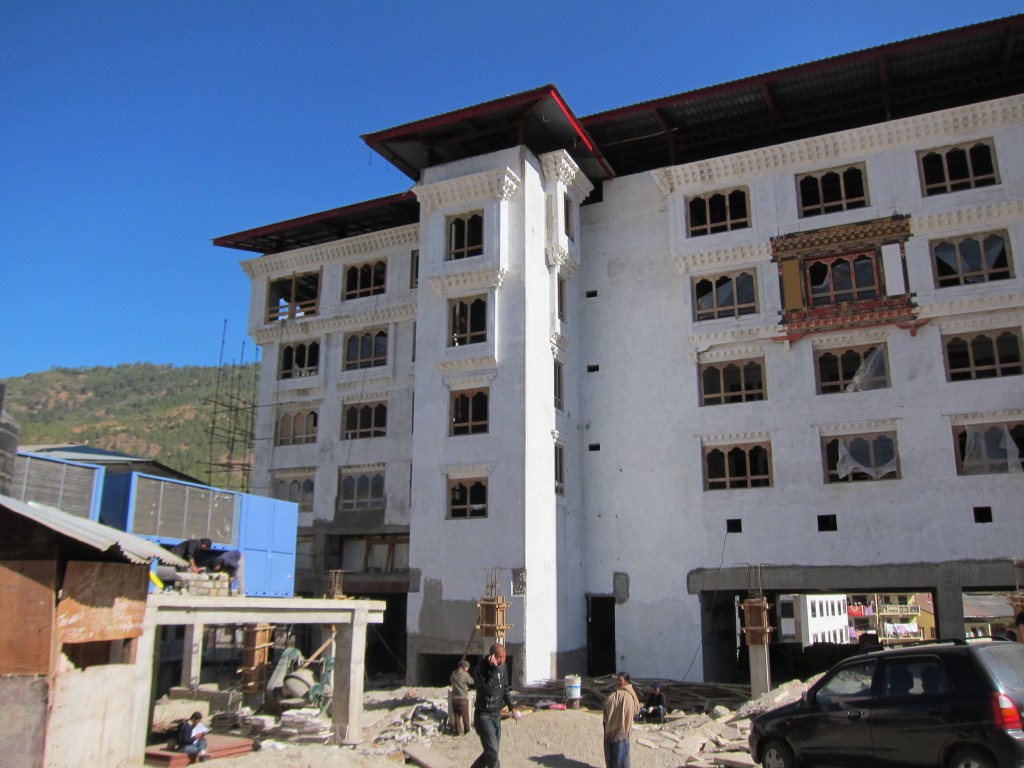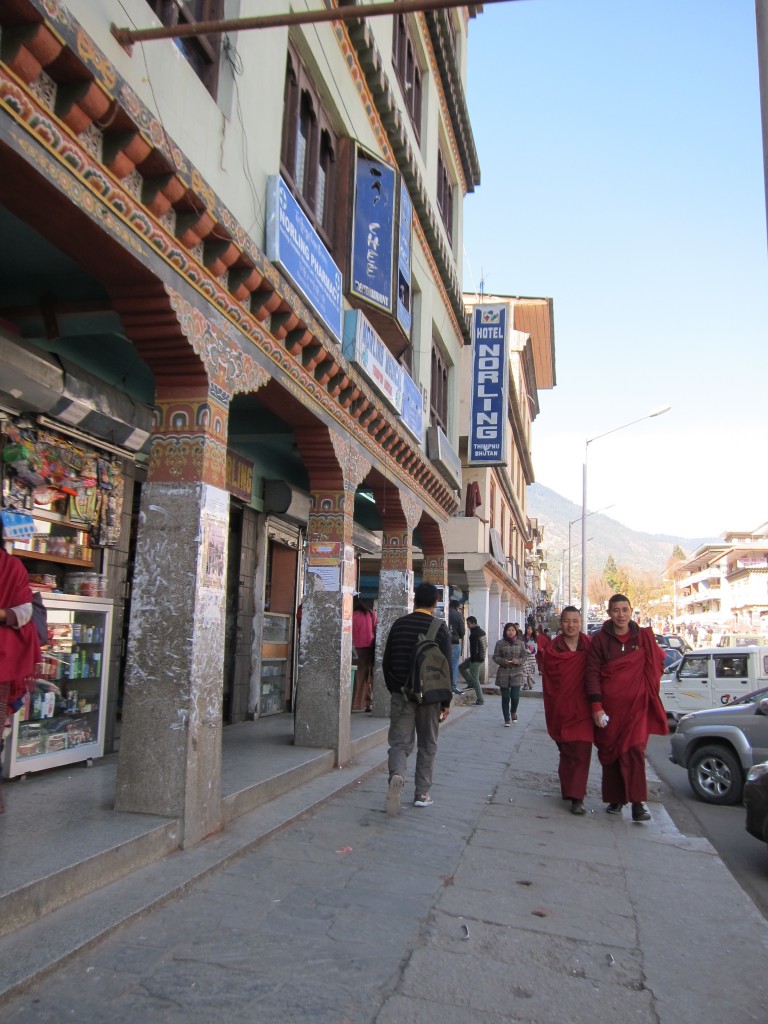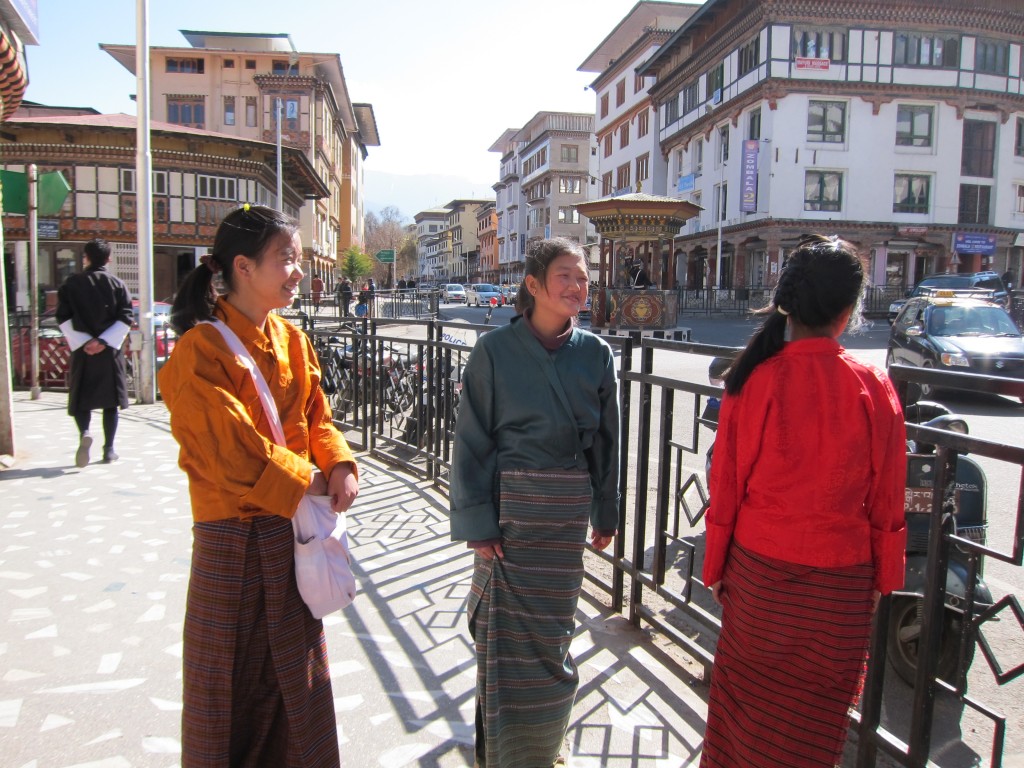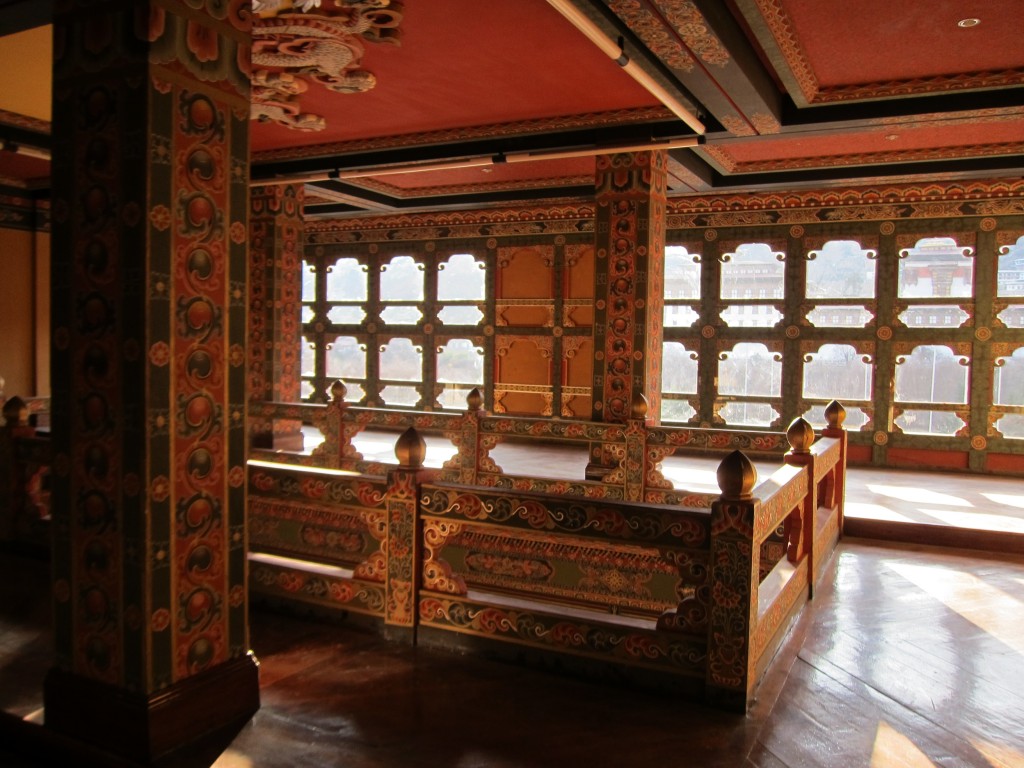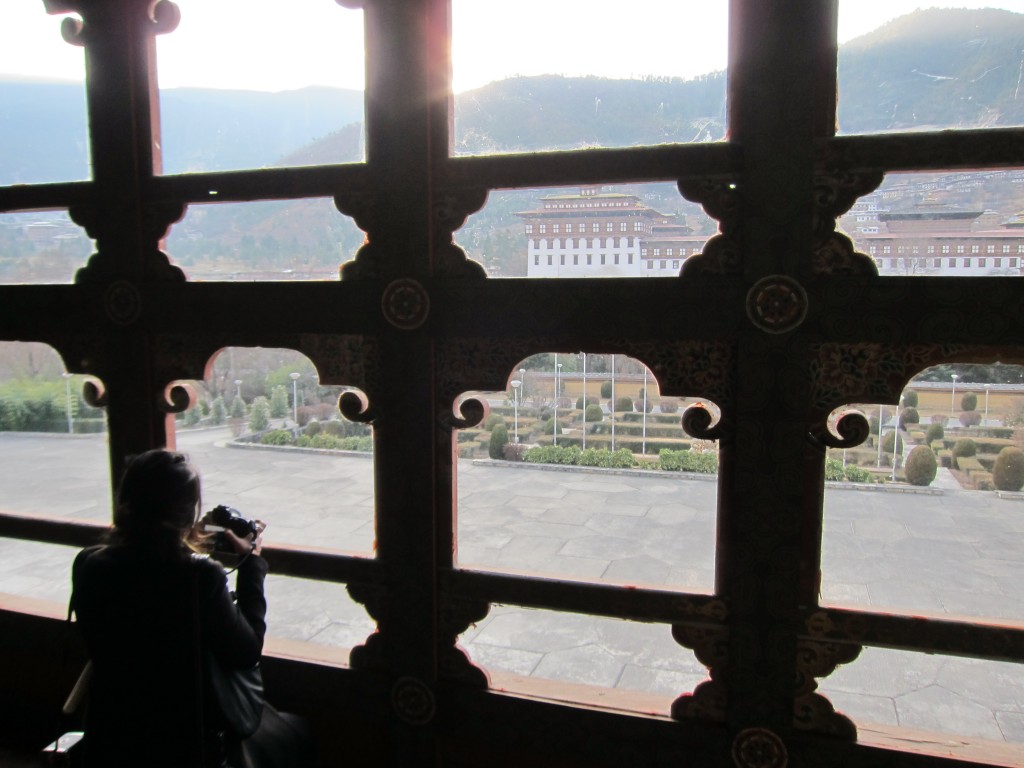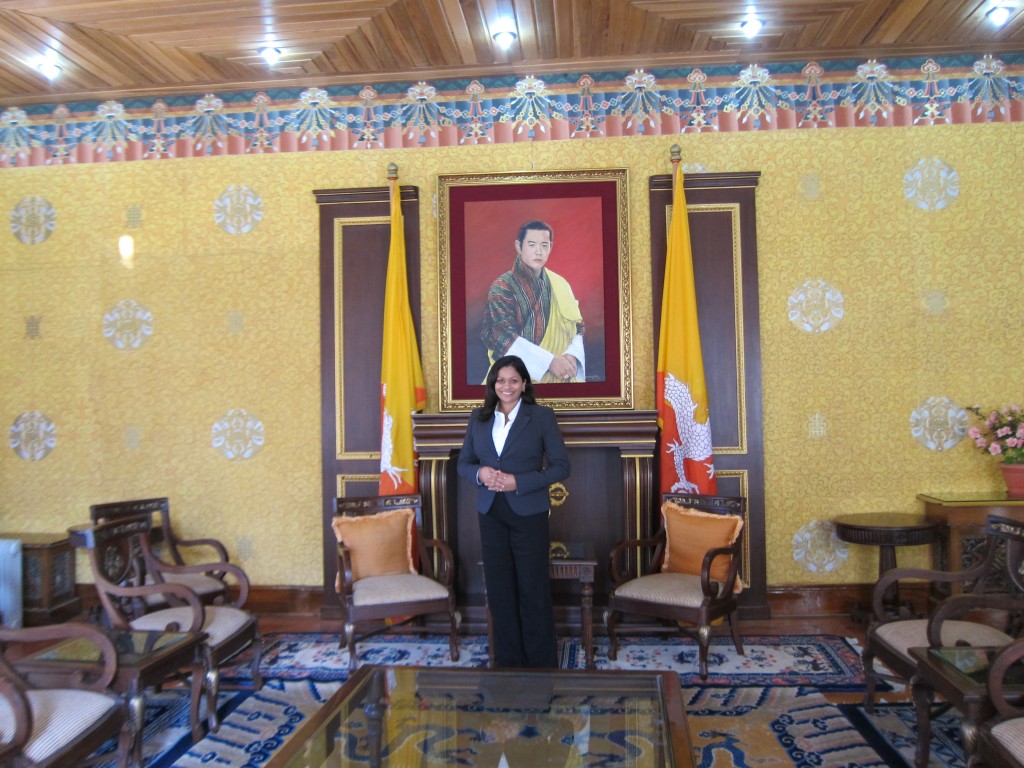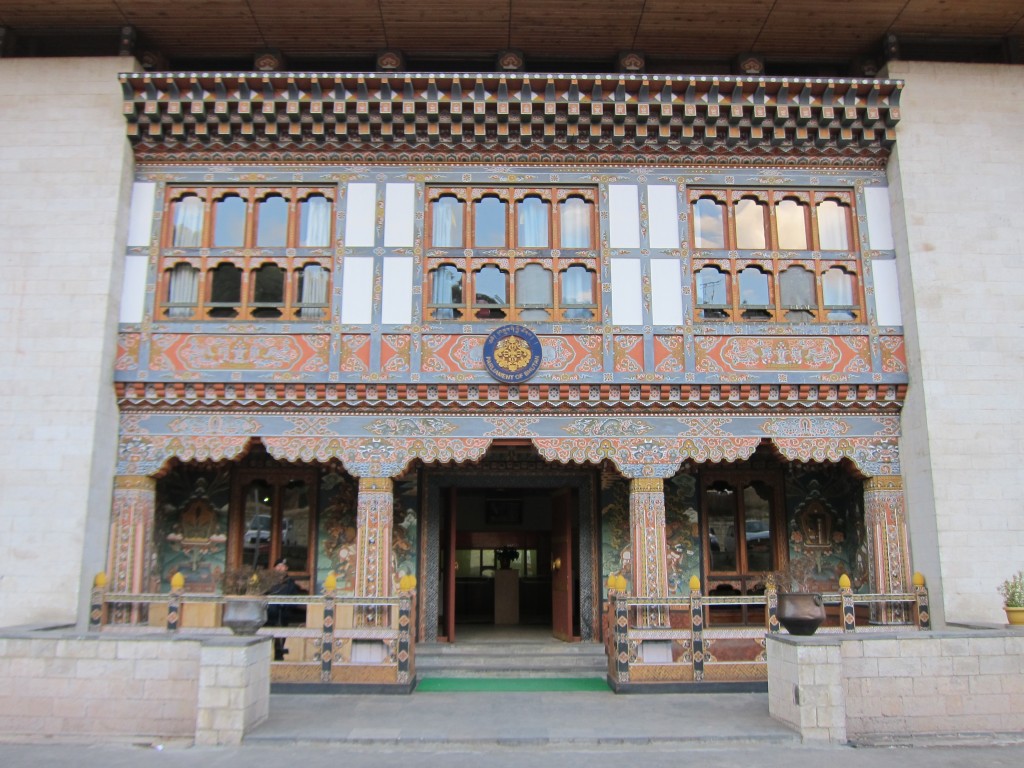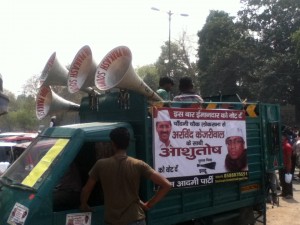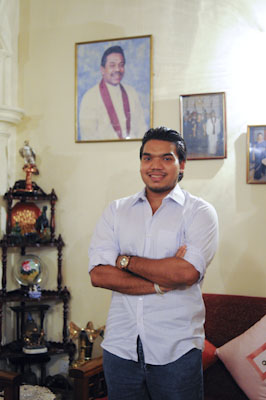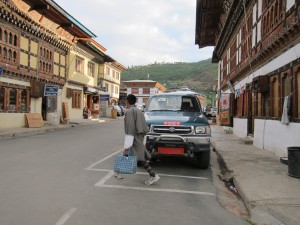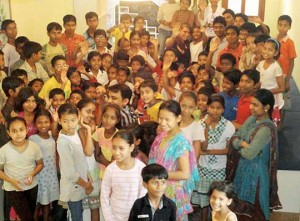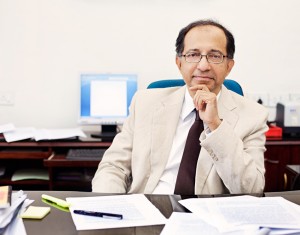Going to the toilet shouldn’t be this hard
In India, 600 million people don’t have access to toilets, and so defecate outside. 600 million – that’s about the populations of the US and Indonesia – the world’s third and fourth most populous countries – combined. That’s a lot of people forced to hold on, and a lot of poo out in the open. It’s deeply unhygienic, and it’s also incredibly dangerous, particularly for women – a fact that was brought home some days ago. But the unfortunate reality is that, for the women who make up that 600 million, going to the toilet means waiting until under the cover of darkness to creep out into the fields, or some bushes, or under a tree to relieve yourself, all the while watchful for snakes or monkeys or leopards – or simply, other humans.
There are a number of organisations fighting the good fight when it comes to sanitation: Unicef launched this campaign a couple of months ago, while the Gates Foundation hosted a toilet fair, inviting toilet designers from around the world to come and exhibit their sanitation solutions – on the front lawns of the Taj hotel in New Delhi. But perhaps the organisation doing the most prolific work on toilets in India is Sulabh International, a Delhi-based NGO that works to address the toilet issue on a number of fronts. Now, it has announced it will build toilets for all homes in the village at the centre of this week’s news. Sulabh’s toilets cost on average 5,000 rupees – less for simpler versions, more for complex designs), so bearing the cost of toilets for an entire village, even a small one, will be not insubstantial. It has also called on businesses to ‘adopt’ a village and take charge of providing it with toilets.
In April, Monocle24’s The Urbanist program dedicated an entire show to toilets around the world, and for this I spent half day at Sulabh’s headquarters, learning about the organisation’s work and interviewing the founder, Dr Bindeshwar Pathak. In the 1970s Dr Pathak pioneered a low-cost composting toilet that addresses indigenous needs efficiently, and this model is at the centre of Sulabh’s operations today, selling it to communities, groups and households. Sulabh toilets can be seen all over Delhi, including at metro stations. The organisation also works to rehabilitate and provide livelihoods for former manual scavengers, those people at the absolute bottom of the pile of India’s deeply hierarchical society. To see a manual scavenger picking up human or animal waste with their bare fingers and place it in a basket which they carry on their heads is a peculiarly confronting experience. Still, it’s estimated that around 1.3 million people, most of them women, are tasked with this demeaning work.
For all of Sulabh’s attributes, of which there are many, my day there was a somewhat surreal experience. I’d been instructed to arrive in time for morning prayers, which I did, and ended up in a busy, yet hushed, waiting room. Staff spoke of Dr Pathak in reverential terms. Once it was time, everyone gathered in a separate assembly hall where scores of immaculate workers stood, lined up, chanting a sanitation prayer penned by the founder. Then, visitors and dignitaries – including myself – were introduced, felicitated and garlanded, before a short speech espousing the value of cleanliness. Once the assembly was over I was ferried to a small toilet museum on site and 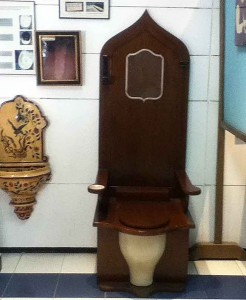 handed over to the museum curator, who took me on a detailed tour of the room, which contains historical information on toilets and thrones from throughout the ages – including a wooden French 1800s-era seat that looks like an actual throne, and a 1980s futuristic model. After that, a tour of Sulabh’s different models, of the grounds where gases are converted into energy powering the compound, and finally, an audience with Dr Pathak himself.
handed over to the museum curator, who took me on a detailed tour of the room, which contains historical information on toilets and thrones from throughout the ages – including a wooden French 1800s-era seat that looks like an actual throne, and a 1980s futuristic model. After that, a tour of Sulabh’s different models, of the grounds where gases are converted into energy powering the compound, and finally, an audience with Dr Pathak himself.
Despite the apparent deification, Dr Pathak was agreeable and friendly, with a deep knowledge of toilet systems from around the world. I asked him what he’d thought of the models on display at the Gates Foundation toilet fair a few weeks prior, and he pointed out that none are suitable for India because they’re patented, and Indians simply can’t afford the licensing costs involved. He also told me that the death of his young nephew from diarrhoea was one of the reasons he designed the composting toilet, and continued with the work. As I left, I was handed a DVD: I’d been trailed by a photographer and videographer for the entire visit, which had been disconcerting, as though I were starring in my very own video clip. They turned out to be an in-house audio-visual team, and they’d documented my visit and compiled the images and video to give me as a parting gift. It was a thoughtful touch, and one that ensures I won’t forget Sulabh for a long time.
